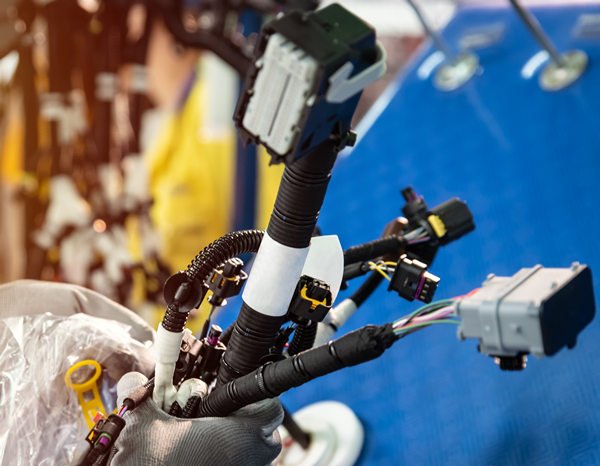
Cable assemblies are a vital component of many electrical systems. They consist of multiple wires and cables wrapped together to form a single, organized unit. Their applicability extends to a wide array of industries and applications. So, if you’re looking to purchase cable assemblies for your project, know that one size does not fit all.
This guide aims to help you understand the most common terms used in cable assembly manufacturing. Whether you are talking with a cable assembly manufacturer or are working with an internal team to produce your cable assemblies, knowing these terms will help you make informed decisions.
We’ve compiled a list of cable assembly terms you need to know.
Cable and wire conductor
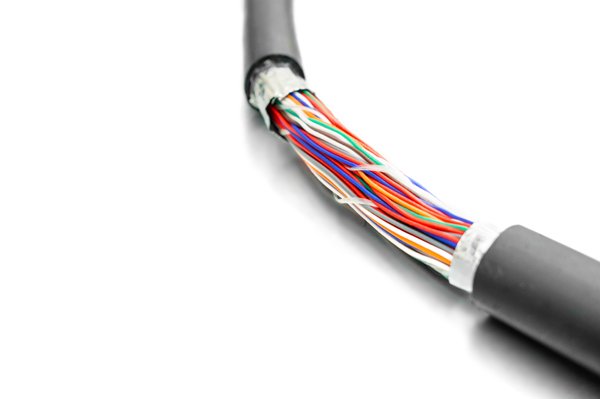
In simple terms, a conductor, also known as an electrical conductor, is a material that can allow electricity to flow through it.
A single conductor is called a wire. While two or more conductors wrapped together in a single sleeve made up a cable. And a group of cables or wires are bound together to form a cable assembly.
The conductor material, size, and stranding are some of the elements you need to consider when shopping for or designing a custom cable assembly.
Conductor material
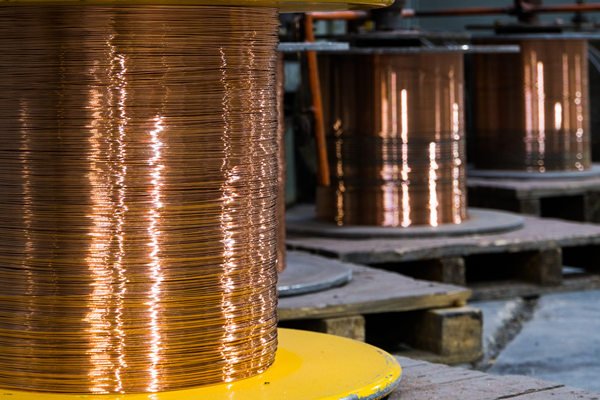
Copper is typically the conductor material of choice used in cable assemblies. However, you need to factor in temperature resistance, endurance, flexibility requirements, hardness, and more when choosing the suitable conductor material for your application.
Conductor size
The conductor size is measured in American Wire Gauge (AWG), a standardized system for wire gauging. Simply put, the wire gauge is the wire diameter measurement.
The conductor size needed for your application will depend on several factors, including the application power load and breaking strength requirements.
Conductor stranding
There are two types of conductors concerning stranding: solid and stranded conductors. Solid conductors are constructed as a single strand of conductive metal. In contrast, stranded conductors are composed of multiple small gauge wire strands grouped to form a single unit. You will find stranded conductors specified using two numbers. The first number refers to the number of strands, and the second number determines the size of each strand in AWG.
The main difference between solid and stranded conductors lies in the conductor flexibility, flex life, and current capacity. When choosing the suitable conductor for your cable assembly, these two terms come into play.
Stranded conductors are more flexible than solid ones, making them more bendable and easier to install. On the other hand, solid conductors are more rigid and easier to break if bent many times. However, solid conductors have a higher flex life. This means that they are more durable and less susceptible to vibrations or corrosion.
Solid conductors tend to be better electrical conductors when it comes to current capacity. Since solid conducts are thicker, there is less surface area for electrical waste. In contrast, stranded conductors are made out of several thinner strands and air gaps. This makes them more susceptible to dissipation.
In the end, there is no type of connector better than the other. Which one you should choose will depend on your particular application.
Insulation/sheath material
As previously stated, the individual wires and cables that make up a cable assembly are grouped in a single sheath. This sheath or sleeve is made out of an insulation material, which is non-conductive.
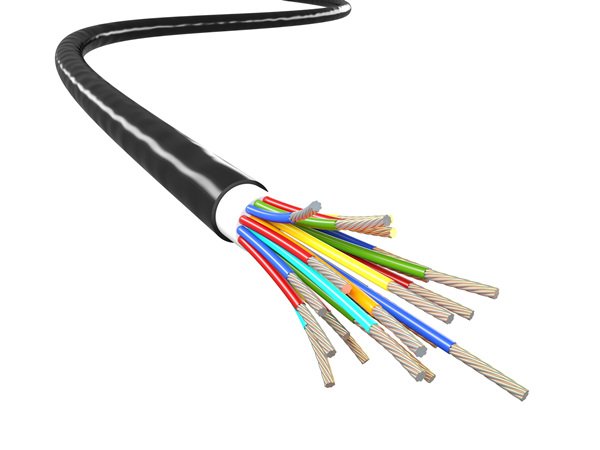
The insulation serves to organize the wires and cables, protect them from the external environment, and prevent the conductive elements from touching each other. At the same time, this material also covers everyone and everything that could come in touch with the cable assembly from harm caused by the electrical current.
Depending on the intended application and environmental operating conditions, the insulation is usually made from plastic, fluoropolymers, or rubber.
Cable connector
A cable connector is a component that links one end of the cable assembly to an electric port or the interface of an electric system.
When choosing a suitable connector to use in a cable assembly, you have to consider many factors. Some of the main factors to consider are the intended type and speed of the signal to be transmitted and the environmental conditions that the cable assembly will be used in. These factors will help you determine the connector weight, pull-out strength, thermal capabilities, material, and more.
Another term you are likely to encounter when talking about cable connectors is the connector gender. Male connectors have exposed pins, whereas female connectors have holes inserted into the male pins. Some connectors can also be hermaphroditic and contain both male and female aspects.
Strain and bend relief (sealing requirements)
A cable connector is a component that links one end of the cable assembly to an electric port or the interface of an electric system.
When choosing a suitable connector to use in a cable assembly, you have to consider many factors. Some of the main factors to consider are the intended type and speed of the signal to be transmitted and the environmental conditions that the cable assembly will be used in. These factors will help you determine the connector weight, pull-out strength, thermal capabilities, material, and more.
Another term you are likely to encounter when talking about cable connectors is the connector gender. Male connectors have exposed pins, whereas female connectors have holes inserted into the male pins. Some connectors can also be hermaphroditic and contain both male and female aspects.
Over-molding
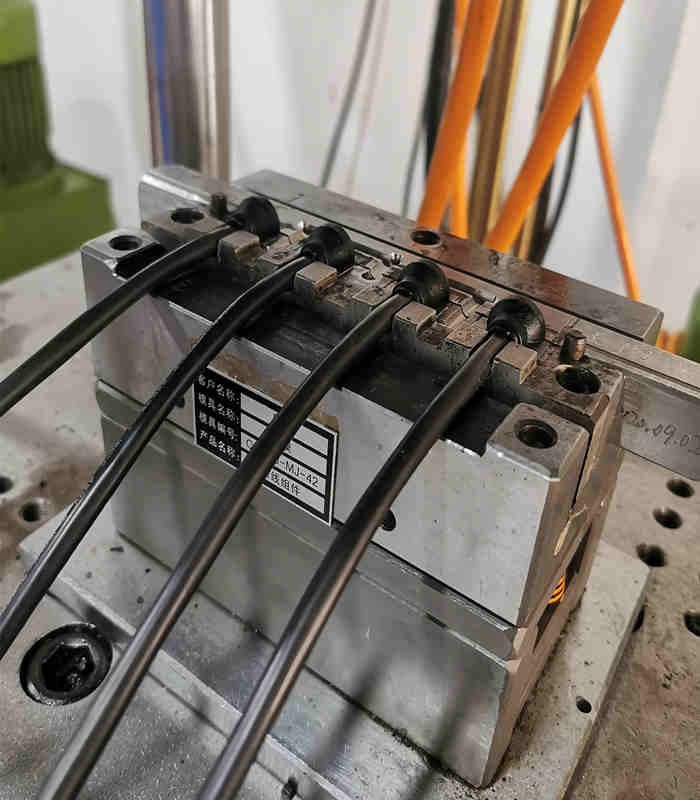
Cable assembly over-molding is an injection molding process that creates a fully assembled overmoulded cable containing both the wire and connector in one unified piece. To make the overmolded cable, the cable assembly is placed inside a mold where a plastic material is injected into the mold cavity.
Overmolding makes cable assemblies more flexible and durable by allowing them to withstand vibration, shock, and harsher environmental conditions.
Heat-shrink tubing
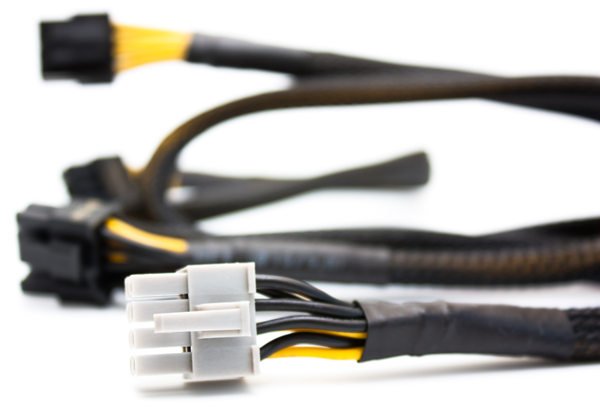
Heat-shrink tubing, also known as electrical shrink tubing, is a thermoplastic tube that shrinks when exposed to heat and acts as a protective layer when placed around electrical components. Nevertheless, the material used to create heat-shrink tubing will depend on the specific application.
Heat-shrink tubing will provide additional protection to the sensitive components of your cable assembly, including protection from harsh environmental factors.
In conclusion
There are a lot of decisions you have to make when buying cable assemblies – from the right size of the cable conductor to the sheath material and sealing requirements. If you’re working with a cable assembly manufacturer, you won’t have to make all the decisions alone.
Nevertheless, familiarizing yourself with the most common terms used in cable assembly manufacturing will help you better communicate your application needs and make the right choices.

